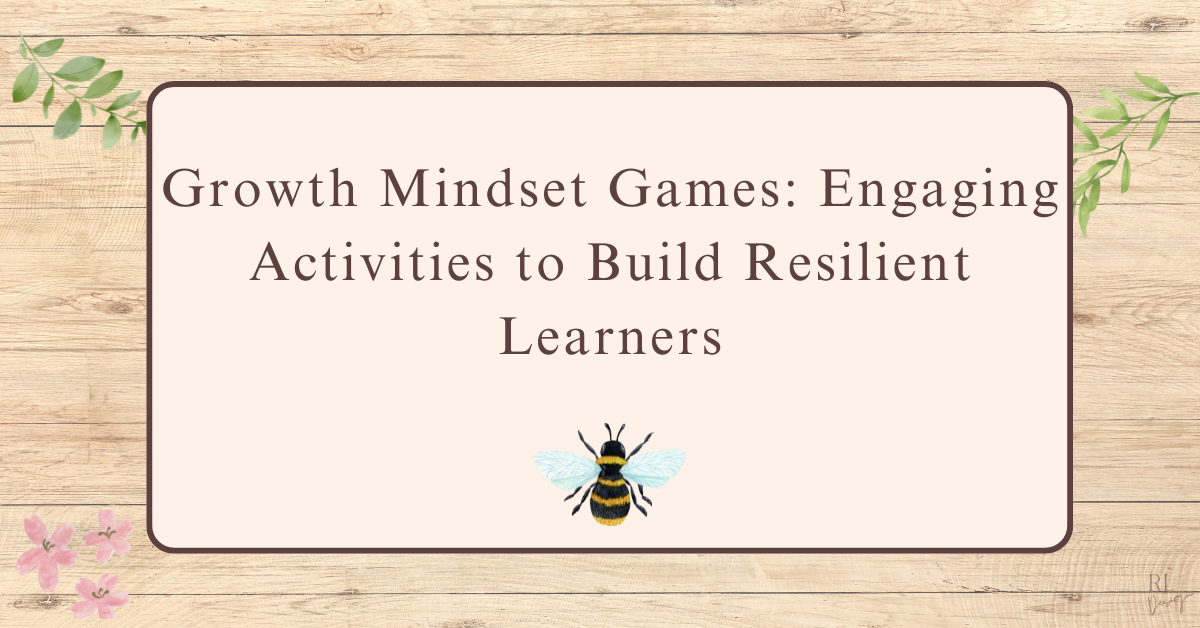
This post is all about Growth Mindset Games
This site contains affiliate links, view the disclosure for more information
Why Growth Mindset Games Matter
As teachers, we know that a growth mindset can be crucial for student success. But how do we teach this mindset effectively?
One of the best ways to instill a growth mindset in students is through interactive games and engaging classroom activities. Growth mindset games create real-life opportunities for students to practise perseverance, problem-solving, and resilience. They can do this in a low-risk, high-engagement environment.
When students play games, they learn from mistakes, collaborate with peers, and develop confidence in their ability to improve.
In this post, we’ll explore a variety of growth mindset games that you can use in your classroom, including:
- Scenario-based discussions that challenge students to think critically about mindset-related situations.
- Role-playing and drama games to help students verbalise and act out growth mindset principles.
- Board and card games that reinforce problem-solving and perseverance.
- Team challenges and brain breaks that encourage collaboration and creative thinking.
- A ready-to-use Growth Mindset Game that you can download and play today!
By the end of this post, you’ll have a toolbox full of growth mindset games to use during social-emotional learning (SEL) lessons, morning meetings, brain breaks, and small group work.
Whether you teach primary or middle school, these games will help your students develop the skills they need to tackle challenges with confidence.
Let’s dive into the best growth mindset games for your classroom!
Why Games Are Powerful for Teaching Growth Mindset
Teaching growth mindset through games is highly effective because:
- Games provide hands-on learning – Students actively practise perseverance and problem-solving.
- Failure becomes a learning opportunity – In a low-risk game environment, students can take risks and learn from mistakes and feel comfortable while trying.
- Games encourage social-emotional development – Collaboration, discussion, and self-reflection are built into the experience.
- Instant feedback helps growth – Students adjust strategies and improve their performance in real-time.
By making growth mindset learning fun, we help students internalise these essential skills and apply them in real-life academic and personal challenges.

Types of Growth Mindset Games & Activities
Scenario-Based Growth Mindset Games
These activities encourage students to discuss real-life situations where they must apply a growth mindset.
Example:
“You studied hard for a test but still got some answers wrong. What could you do next?”
This type of game helps students practise flexible thinking and develop problem-solving skills.
Try this: Use a set of growth mindset scenario task cards (like these ones on Amazon) and have students role-play solutions.

Role-Playing and Drama Games
Acting out growth mindset scenarios is an engaging way to internalise problem-solving strategies.
Example:
Divide students into pairs and give them a fixed mindset phrase like “I’ll never be good at maths.” One student must “flip the script” into a growth mindset response, like “Maths is tricky, but I can improve with practice.”
A set of role-play prompt cards like this one on Amazon.
Board and Card Games for Growth Mindset
Board games are a fantastic way to practise perseverance, problem-solving, and resilience.
Here are some great growth mindset board games:
- The Mindset Card Game – Helps students identify growth vs. fixed mindset statements.
- Growth Mindset Game (Printable & Digital!) – My own classroom-tested game designed to spark meaningful conversations about growth mindset.
Check out my Growth Mindset Game here!

Team Challenges and Brain Breaks
Short, interactive challenges reinforce perseverance and problem-solving.
The Paper Tower Challenge
- Each group gets 10 sheets of paper and must build the tallest free-standing tower in 10 minutes.
- After round one, discuss: What worked? What didn’t? How can we improve?
- Give them five more minutes to try again, encouraging them to adjust their strategies.
Other quick team-building games:
- Minute to Win It challenges (great for resilience)
- Escape room puzzles that require trial-and-error problem-solving
- Puzzle races that require collaboration and persistence
The Ultimate Growth Mindset Game
If you’re looking for a fun, engaging, and flexible way to reinforce growth mindset principles in your classroom, look no further than the Growth Mindset Game | Interactive Classroom Activity | Printable & Digital SEL. This game is designed to be adaptable, so it can be used in a variety of classroom settings, whether you’re working with small groups, running a whole-class activity, or offering independent reflection tasks.
What’s Included in the Game
The game is available in both digital and printable formats, making it easy to use regardless of your classroom setup. Here’s a breakdown of what’s included:
- Growth Mindset Game (PowerPoint): You can use the PowerPoint version digitally, upload it to Google Slides, or print the cards to use in a more hands-on way.
- 6 Engaging Game Categories: The game features six categories, each focusing on a different aspect of growth mindset. These categories encourage students to think critically, problem-solve, and reflect on their mindset in a fun, interactive way. The categories are:
- True or False: Students must determine whether statements related to mindset are fact or myth.
- What If?: Thought-provoking scenario-based questions to challenge students to think about how they would react in different situations.
- Finish the Sentence: Sentence starters that prompt students to complete with positive, growth-oriented thoughts.
- Show, Don’t Tell: Fun acting or drawing challenges that help students demonstrate growth mindset principles.
- Make It Better: Encourages students to reframe situations and suggest ways to improve them using a growth mindset approach.
- Reflect & Relate: Real-world scenarios that ask students to reflect on how they can apply growth mindset to their own lives.
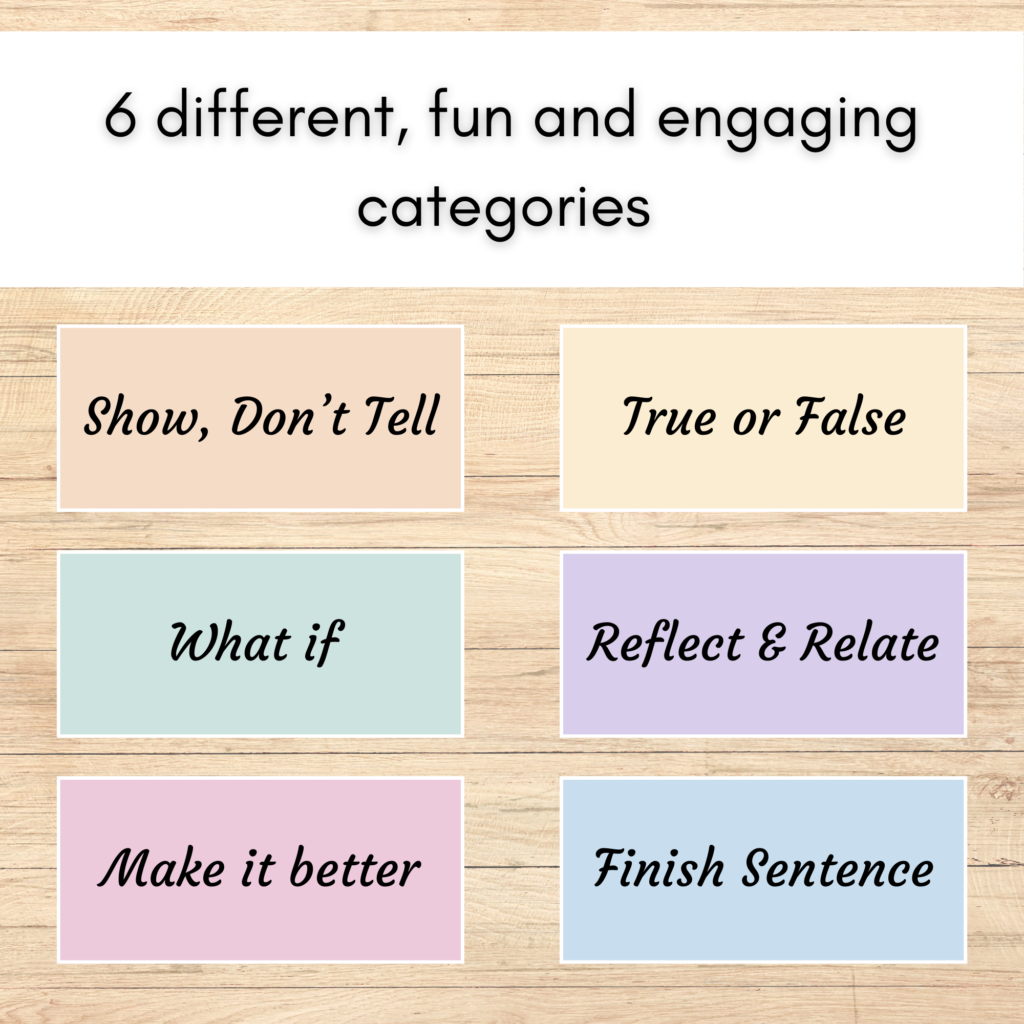
- 30 Task Cards: There are 30 task cards—five for each category. Each task card is worth different point values (1-5 points), making it a competitive game. As students move through the categories, they’ll work together, debate ideas, and challenge each other, all while reinforcing important growth mindset concepts.
- Teacher Instructions: The included instructions give you full flexibility to use the game in a way that best fits your classroom. Whether you want to play it in a large group or as a small group activity, the instructions guide you on how to adapt the game to your needs.
- Printing Guide: If you opt to print the cards, there’s a step-by-step guide to help you print the task cards four per page. This makes setup simple and quick.
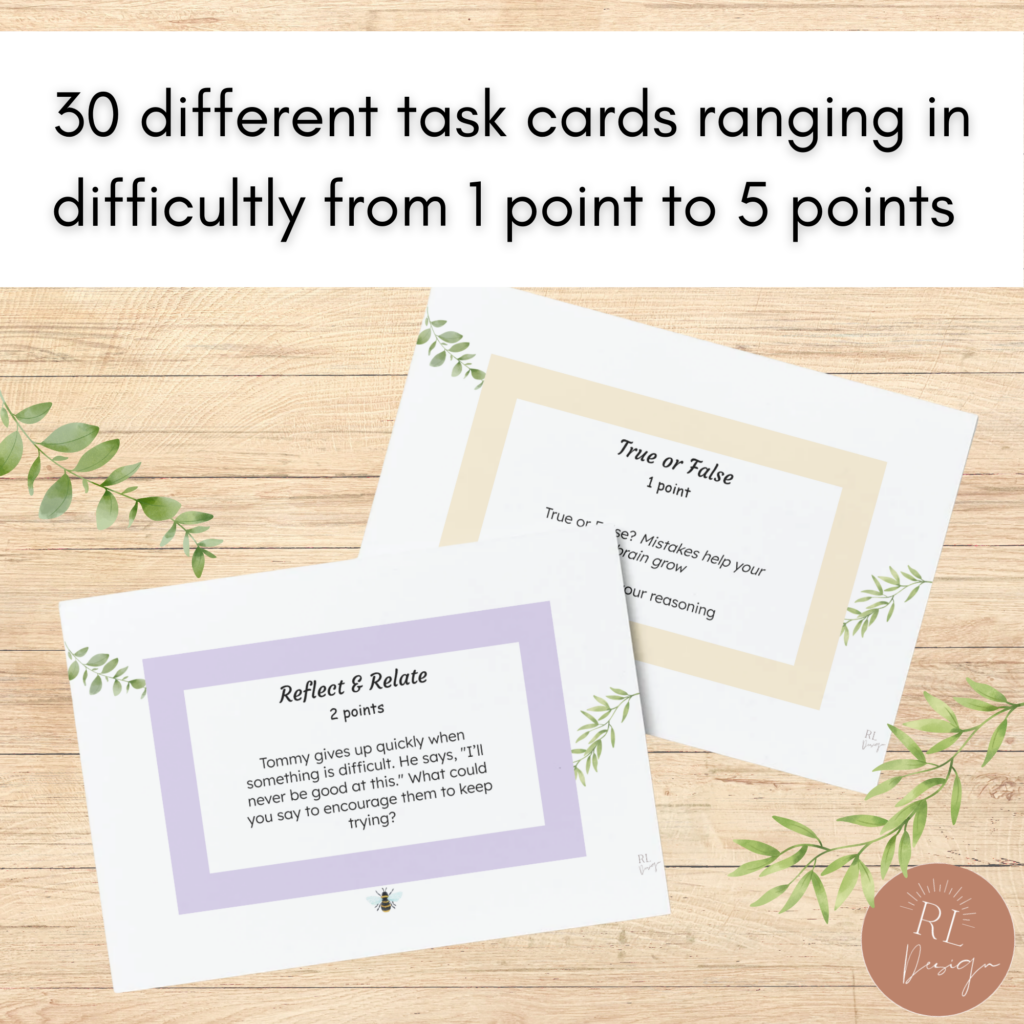

Why Teachers Love This Game
What makes this game so popular among teachers is how easy it is to implement. With minimal preparation, you can start playing right away. The game’s structure encourages active participation, so every student has a chance to engage and contribute. Teachers also appreciate that it promotes critical thinking by asking students to apply growth mindset principles to different scenarios, fostering resilience and perseverance in real-life situations.
The variety of activities, such as acting challenges, critical thinking tasks, and problem-solving questions, means that students never get bored. Did I mention that the task cards are also editable? Which means you can create your own depending on your classroom needs. Students are constantly moving between different types of challenges that encourage collaboration, self-reflection, and growth.
And since the game works in both digital and printable formats, you can easily use it in-person or remotely, making it versatile for any classroom environment.
Download the Growth Mindset Game | Interactive Classroom Activity | Printable & Digital SEL Game Here!
How to encourage a Growth Mindset While Playing Games
Games are a great tool for teaching growth mindset, but what works really well is when teachers actively guide students through the experience. Here are some practical strategies for reinforcing a growth mindset during gameplay:
- Praise effort, not just outcomes: Instead of focusing solely on the end result, celebrate the effort students put into overcoming challenges. For example, after a student completes a task in a game, you might say, “I love how you kept trying even when it was tricky,” or “You worked so hard to find a solution, great perseverance!” This helps students see that their effort is just as valuable, if not more so, than their success.
- Encourage reflection: After a game, take a moment to reflect on the challenges students faced. Ask questions like, “What was the hardest part of the game?” or “What strategy did you use when you faced a difficult situation?” This promotes self-reflection and encourages students to see how they can apply their problem-solving skills outside of the game. You could also ask them, “How did you feel when you made a mistake? What did you learn from it?”
- Model a growth mindset: As a teacher, your words and actions are powerful in shaping how students view challenges. Be vocal about your own growth mindset while playing games. For example, if you make a mistake or struggle with a task, narrate your thought process: “I didn’t get that right, but I’m going to try again. Next time, I’ll try a different approach.” By openly modelling resilience and perseverance, students will be more likely to mirror that behaviour.
- Use strategic questioning: While students play, ask questions that prompt them to think critically and problem-solve. For example, “What could you try next time?” or “How might you adjust your strategy to make it work?” This helps students learn that they can always improve, and even if they don’t succeed on the first try, they have the tools to try again.
By intentionally using these strategies, you create an environment where students not only have fun playing, but also internalise the principles of growth mindset.
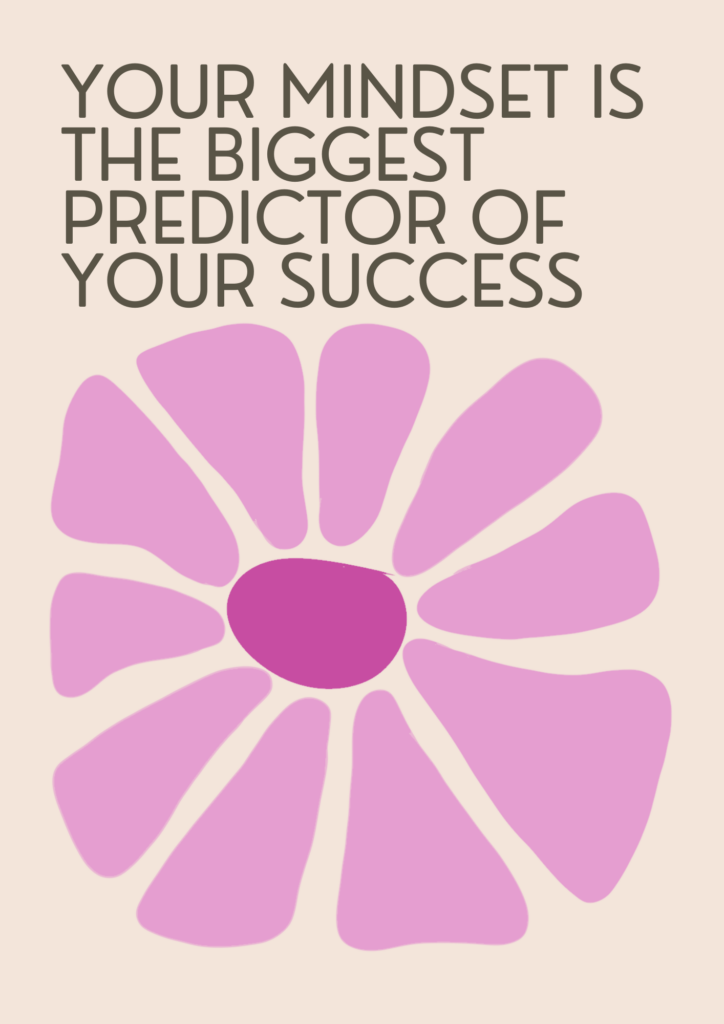
How to Use Growth Mindset Games Effectively
To get the most out of growth mindset games, keep these tips in mind:
- Debrief after playing – Discuss what strategies worked and what students learned.
- Model growth mindset yourself – Show students how you handle mistakes and challenges.
- Revisit activities regularly – Growth mindset isn’t a one-time lesson.
Want ready-to-go discussion prompts? Check out these growth mindset reflection cards.
How to Modify Growth Mindset Games for Different Ages and Abilities
Growth mindset games can be incredibly versatile, whether you’re teaching younger students, older students, or students with many different needs. Here are some ideas on how to adjust games to be inclusive and appropriate for various age groups and ability levels:
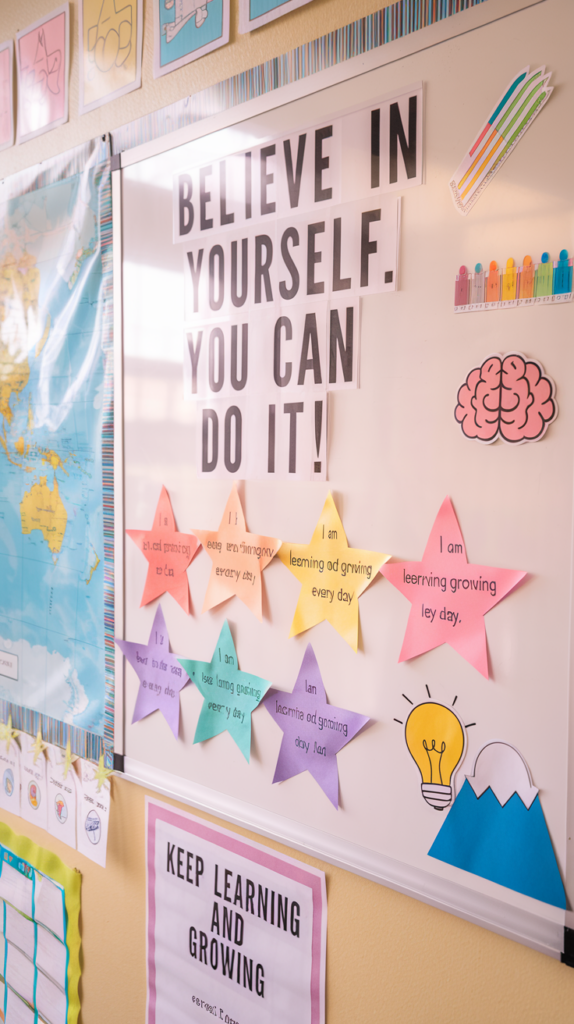
- For younger students (e.g., grades K-2), you may want to simplify the language and instructions. Use more visual cues, like pictures or icons, to help them understand the tasks. For example, instead of asking a complex scenario-based question like, “What’s one strategy you could use to handle frustration?”, try something simpler like, “What can you do if you get stuck on a question?” You can also use physical activities or movement-based challenges to make learning interactive and engaging. The category “Show, Don’t Tell” can involve simple acting or drawing, which is more accessible for younger learners.
- For older students (e.g., grades 4-6), you can increase the complexity of the tasks and introduce deeper, more thought-provoking challenges. Scenario-based games can include more complex problem-solving tasks or questions that require them to apply growth mindset thinking to real-world situations. For example, you could ask, “How would you approach a project that seems overwhelming?” or “What steps would you take to break down a difficult task into manageable parts?” These types of questions promote critical thinking and give students opportunities to reflect on how they approach challenges.
- For students with learning differences, consider providing additional support through scaffolding. For example, you might offer a list of possible strategies or tips on how to tackle a difficult task. You could also allow extra time for students who need it, or pair them up with a peer for collaborative problem-solving. Games that involve teamwork, such as team challenges or brain breaks, are particularly useful for fostering social-emotional learning and helping students build confidence through peer support.
- For students with social-emotional learning needs, categories like “Reflect & Relate” (which involves discussing personal experiences and emotions) can be adapted to create a safe and supportive space where students can explore and share their feelings. For some students, simply providing a calm, inclusive environment is crucial, so be sure to set the tone with positive reinforcement and emotional validation.
By making thoughtful adjustments, you can ensure that growth mindset games are accessible and engaging for every student, no matter their age or abilities.
Where to Find More Growth Mindset Games
Looking to expand your collection of growth mindset games? Here are some teacher-favourite picks:
- Growth Mindset Puzzle Activities – Great for morning work or early finishers
- Growth Mindset Role-Playing Cards – Perfect for small group discussions
- Board Games That Promote Perseverance – Fun and engaging for all ages
Don’t forget to check out my TPT store for more engaging SEL resources! [Insert link]
Bringing Growth Mindset to Life
Teaching growth mindset isn’t just about telling students to think positively, it’s about providing kids with real experiences that challenge their thinking and encourage them to push through difficulties.
When students actively engage in games that require problem-solving, resilience, and perseverance, they internalise the belief that they can improve through effort.
These experiences help them reframe mistakes as learning opportunities rather than as signs of failure.
Growth mindset games provide a safe, supportive space for students to practise overcoming setbacks. The key is consistent exposure, the more students engage in activities that reinforce perseverance, the more likely they are to carry that mindset into their academic work, personal goals, and everyday challenges.
By incorporating a variety of interactive activities, role-playing scenarios, and team challenges, you can help students shift from a fixed mindset to a growth mindset in a way that feels natural and engaging.
Scenario-based games encourage critical thinking, drama activities allow students to verbalise and act out growth mindset principles, and board games provide structured challenges that reinforce problem-solving.
Whether students are debating a mindset-related scenario, acting out a solution, or strategising in a game-based challenge, they are developing essential lifelong skills.
Growth Mindset Goal Setting Craft Coloring in, Writing and Goal Tracker Activity
Growth Mindset Game | Interactive Classroom Activity | Printable & Digital SEL Game
100 Growth Mindset Writing Prompts for Lower Elementary | SEL & Social-Emotional
When students begin to see effort as the pathway to mastery, they gain the confidence to take on new challenges without fear of failure. And when teachers integrate growth mindset games into their classrooms regularly, they build a classroom culture where mistakes are not just accepted but celebrated as part of the learning process.
So, how do you bring growth mindset games into your classroom? Start small—choose one game, observe how students respond, and build from there. As students begin to embrace challenges and see setbacks as opportunities, you’ll witness a transformation—not just in their academic performance but in their self-belief, motivation, and willingness to step outside their comfort zones.
What are your favourite growth mindset games? Do you have a go-to classroom activity that encourages resilience and perseverance? Share your thoughts in the comments—I’d love to hear how you’re helping students develop a growth mindset through play!

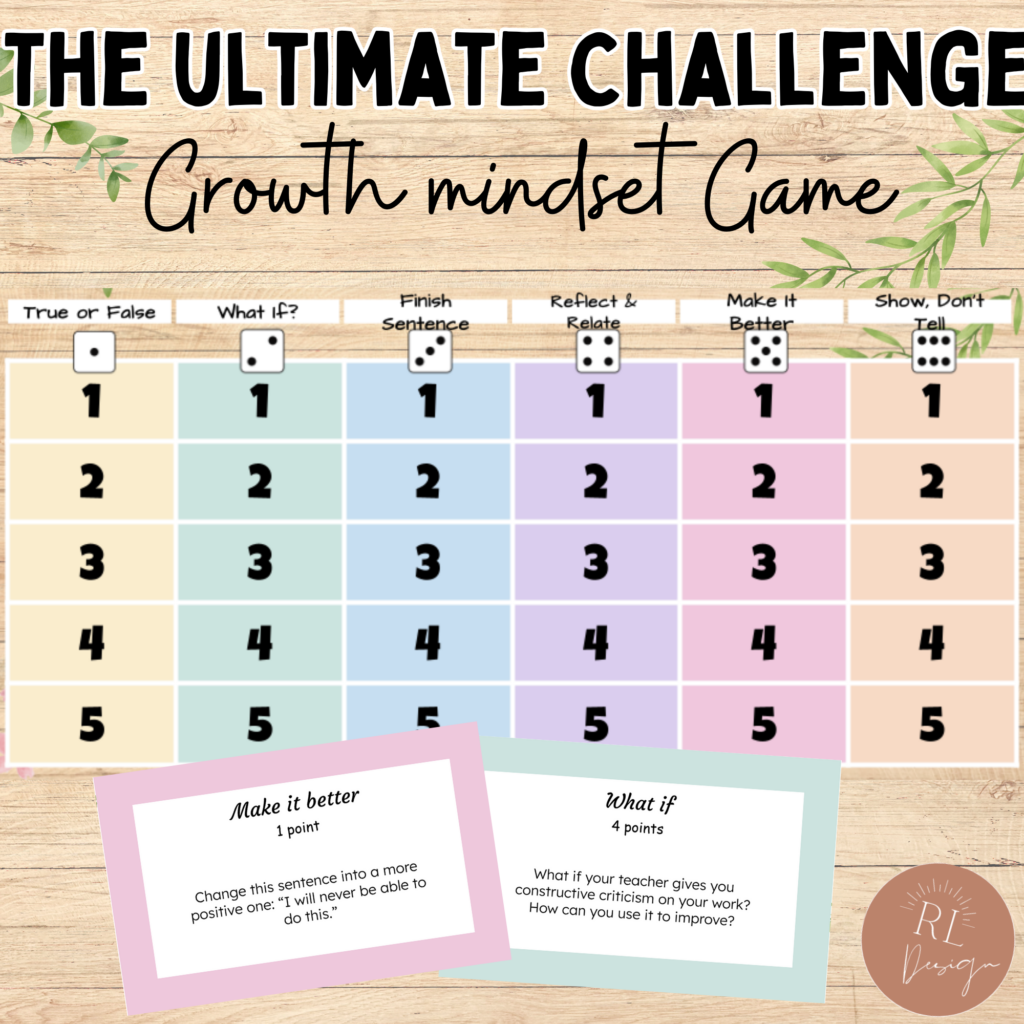
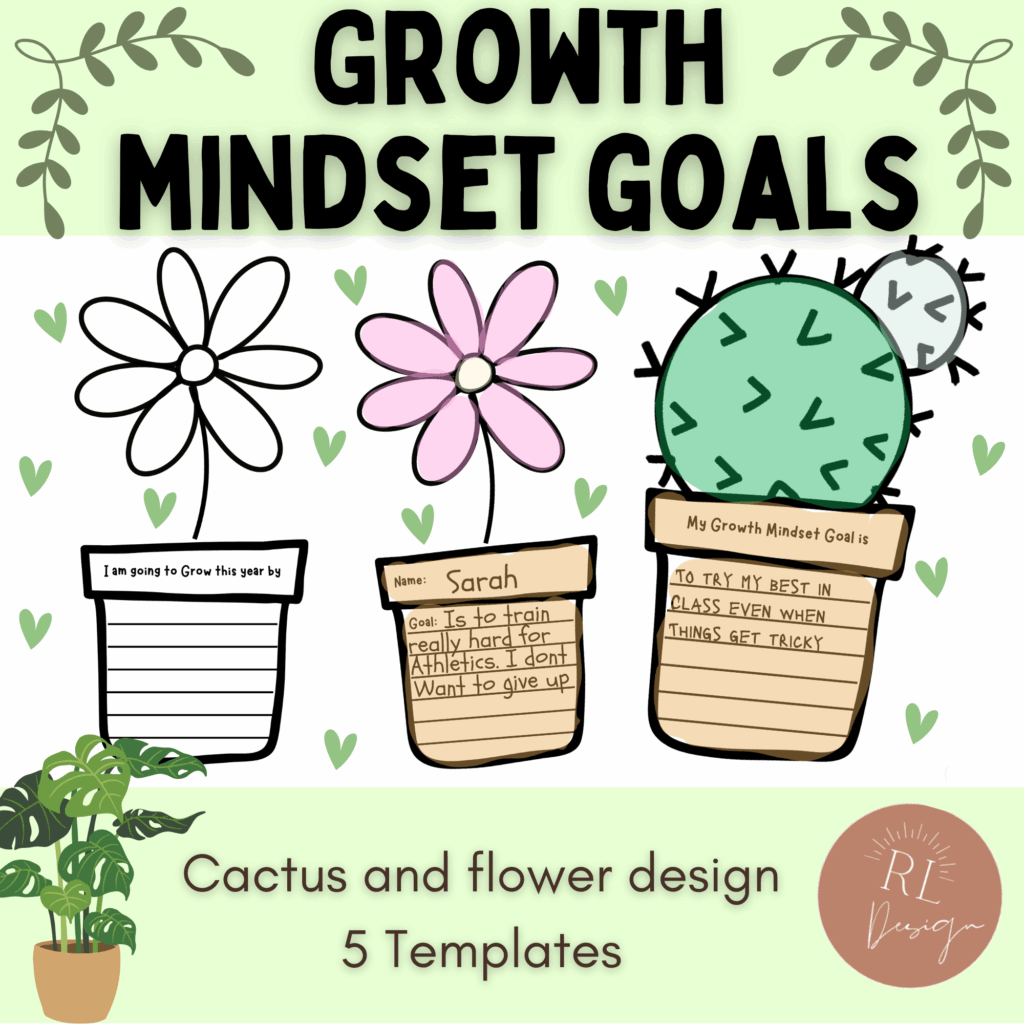
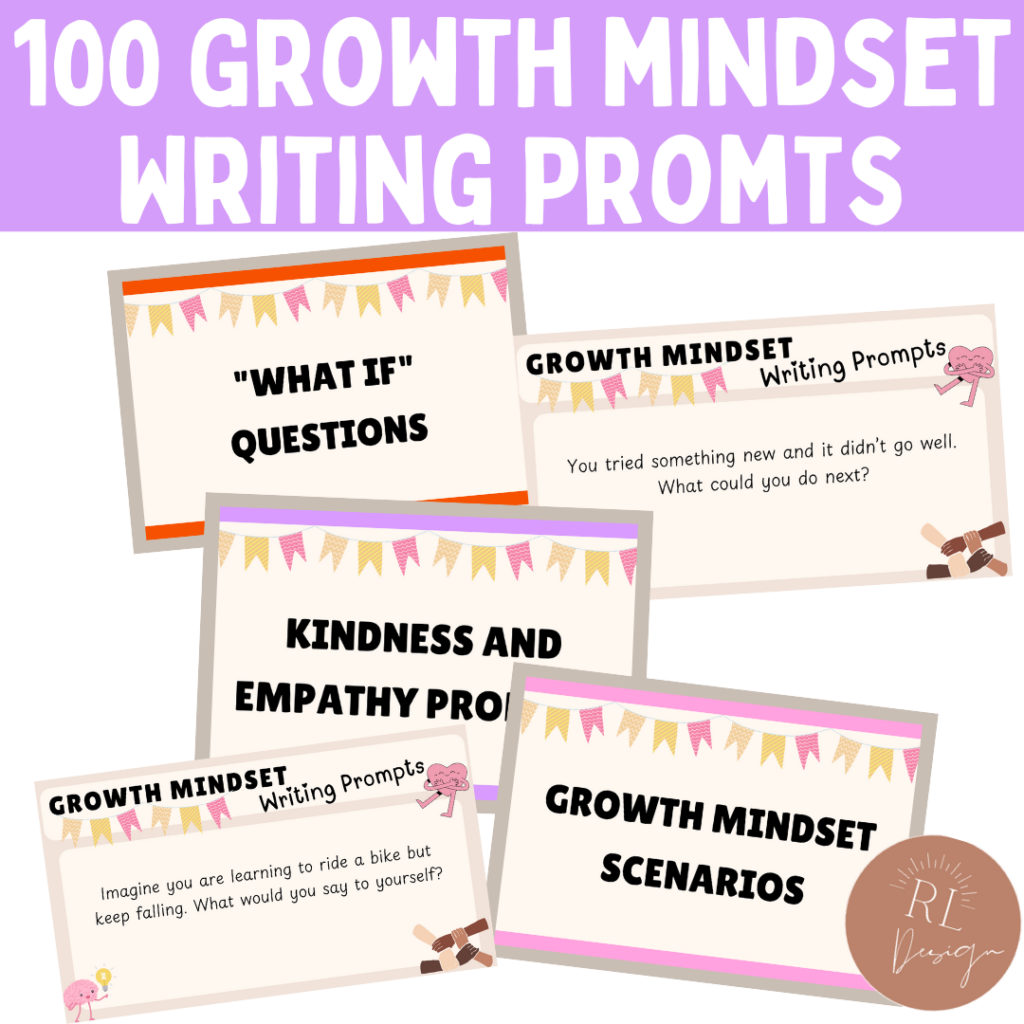
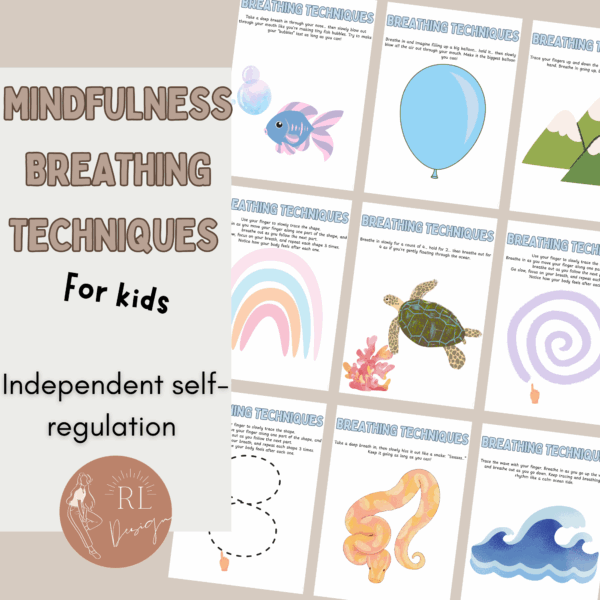


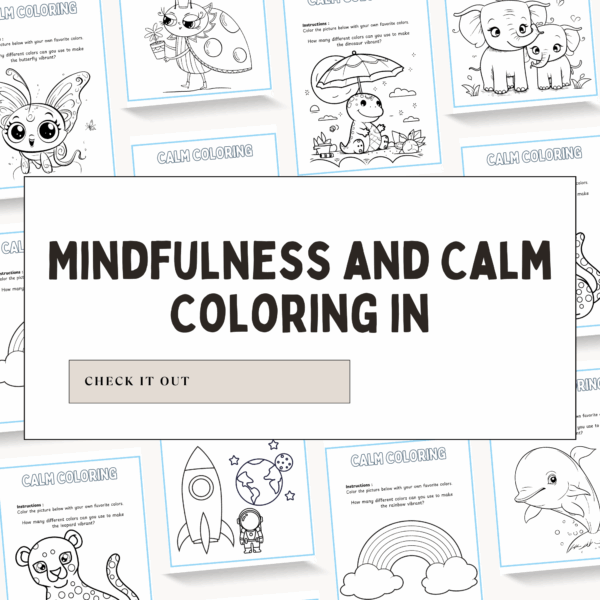
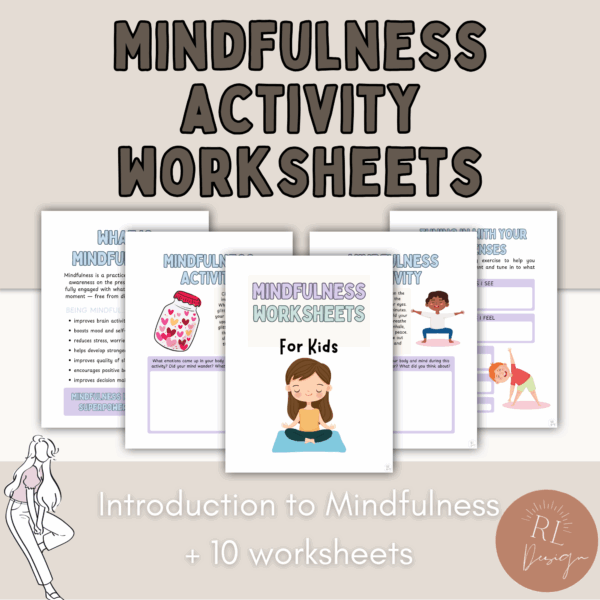



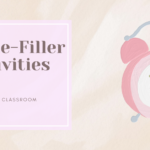

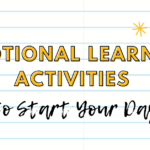

Leave a Reply